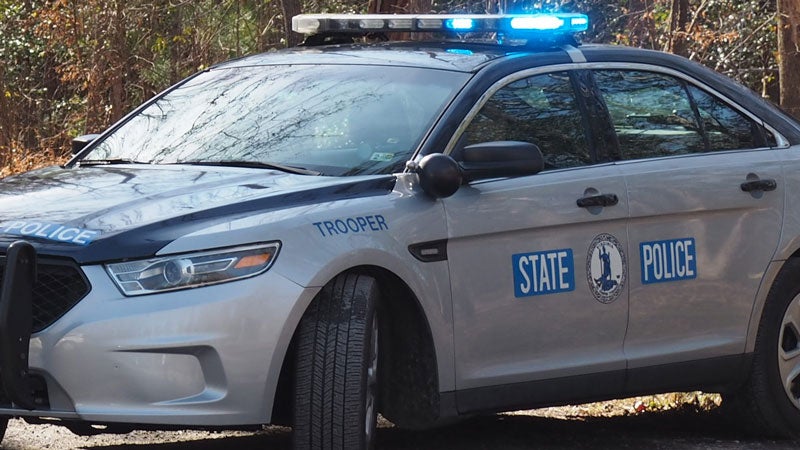Do all the trees have to go?
Published 12:35 pm Wednesday, May 18, 2016
Eagle Harbor project heightened awareness
By Diana McFarland
Managing editorSaving trees has gained renewed attention in Isle of Wight County after residents complained about the loss of existing mature trees for the new Eagle Harbor apartments.
As a result, the Board of Supervisors recently revised its landscaping ordinance to encourage developers and landowners to spare older trees and existing vegetation, and gain “landscaping points” with plans submitted to the planning department. {mprestriction ids=”1,2,3,4,5,6″}
There were many complaints about trees being cut down at the new Eagle Harbor apartments and these revisions may clarify how trees need to be preserved, said Isle of Wight County Assistant Director of Planning and Zoning Richard Rudnicki at a recent Board of Supervisors meeting.
Developers and landowners, particularly those along the Route 17 overlay area, are required to identify trees larger than eight inches in diameter. Landowners are asked to provide justification for removing trees that size or larger, according to the ordinance.
For those submitting landscaping plans to the county for approval, preserving existing trees and vegetation earns the most “credits” — thus removing the need to replace that vegetation.
The revised ordinance allows a more cost effective approach, said Isle of Wight County spokesman Don Robertson.
Years ago, business owners complained about the perceived onerous landscaping demands from the county, that often required the costly planting of numerous trees and shrubs. The requirements were so extensive that the county gave itself a waiver from its own ordinance when building the Young-Laine Courts Building.
In response, Isle of Wight updated its landscaping ordinance in 2009 with a points system. Under that system, large deciduous trees at 12-foot or more were given 30 points.
The goal was to achieve a certain number of points using different types of vegetation in various parts of a development.
Under the most recently revised ordinance, existing trees are given 90 points.
It’s an attempt to achieve the best balance between the rights of the community and those of individual landowners, Robertson said.
At the same time, individual landowners living in Resource Management Areas must obtain permission from Isle of Wight County to cut down mature trees in good condition larger than eight inches in diameter at breast height (4.5 feet from the ground).
The restriction is part of the Chesapeake Bay Preservation Act.
Most residents are familiar with the requirements of the RPA, (Resource Protection Area), such as leaving alone 100-foot setbacks from bodies of water, but some may be unfamiliar with the other designations.
RPA’s include tidal and non-tidal wetlands, shoreline, and areas near bodies of water.
RMA’s, on the other hand, include all the land designated in the RMA, regardless of its proximity to water. In many instances, that land, if improperly used or developed, can have the potential for causing significant water quality degradation or for diminishing the functional value of the RPA, according to Isle of Wight’s Chesapeake Bay Preservation Area ordinance.
The boundaries of the Resource Management Areas are determined by localities, and are based on criteria provided by the state.
The entire northern portion of the county is included in a “Resource Management Area” of the Chesapeake Bay Watershed.
Before cutting down trees fitting the criteria, residents must notify the county about their plans, and a waiver may be obtained if there is a compelling reason why the trees need to be removed. Often, the county will ask that the trees be replaced.
Violations can lead to fines.
Smithfield
Smithfield has a similar ordinance that aims to preserve native, established vegetation — particularly in resource management and protection areas.
The town evaluates each situation on a case-by-case basis to see if there is a need for a penalty or remediation, as there are many variations in preservation areas and what sort of removal is allowed, said Smithfield Zoning Administrator William Saunders.
Potential violations and enforcement are determined by observation by town staff, complaints, or through the plan review process. Remediation could include replanting native vegetation.
Native trees larger than two inches at breast height (4.5 feet above the ground) are to be preserved, according to the ordinance.
There are allowances made for forest maintenance, dead, diseased or dying trees or clearing of vistas, Saunders said.
The ordinance applies to area designated Resource Protection Areas, Resource Management Areas and Intensely Developed Areas — designations that fall under the Chesapeake Bay Preservation Act.
Most of the town is designated RMA. {/mprestriction}




